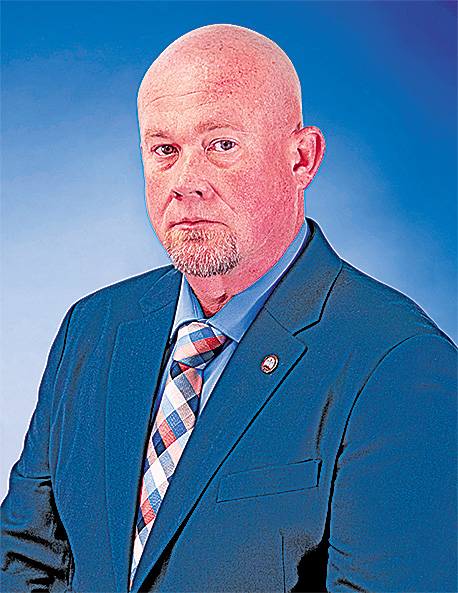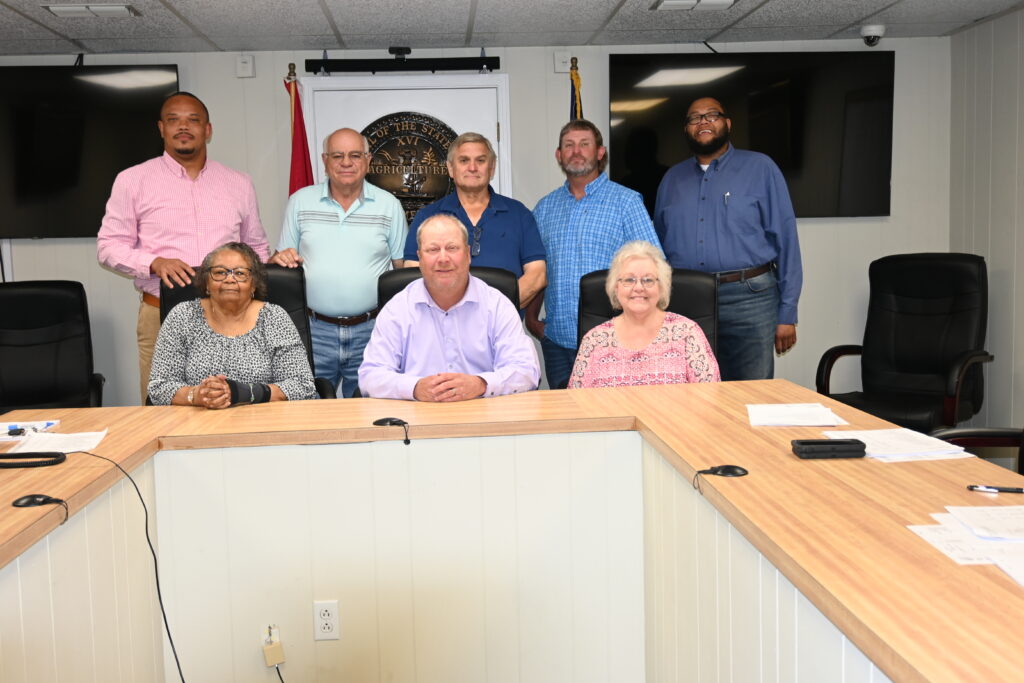Every high school has at least once science lab. These are the spaces where students learn about different chemicals, elements, states of matter, and so on. Science labs are a great opportunity for hands-on learning and introducing students to the STEM fields. However, designing the perfect science lab takes work. Here are some considerations for designing a high school science lab that every administrator must know to create the right learning space.
Storage
The science lab is a crowded space given all the materials, chemicals, equipment, and people in it. Therefore, storage is an important factor in proper science lab design. When teachers find they have limited space, they can become agitated and stressed. Proper storage containers reduce these issues and make the laboratory safe for teachers and students alike. Shelving, drawers, and storage trays all reduce clutter and safety hazards in the lab.
New or Refurbished Equipment
It’s also important to consider buying new or refurbished lab equipment. There’s nothing wrong with purchasing refurbished equipment. New equipment is an efficient but costly option for schools with a high budget. If you need a cost-effective option, consider refurbished. It’s not only cost-efficient, but many laboratory equipment manufacturers will provide training and live demonstrations to ensure you understand the equipment and its function.
Safety
Safety should be a top consideration for designing a high school science lab. Given the use of potentially dangerous chemicals and materials, a proper science lab must consider student and teacher safety in its design. Specifically, high tables with fitted benches group together seating for easy access to services. Room layout must also allow students and teachers to move around without safety hazards. You must also include eyewash stations, personal protection equipment, and sanitation stations throughout the laboratory.
Space
Finally, keep spacing in mind. It’s okay if the laboratory is not large. Sometimes you need to make do with the available space and resources. The main consideration with spacing is to ensure students and teachers have enough room to move around without colliding into each other or into equipment. Otherwise, the laboratory could be a safety risk.







